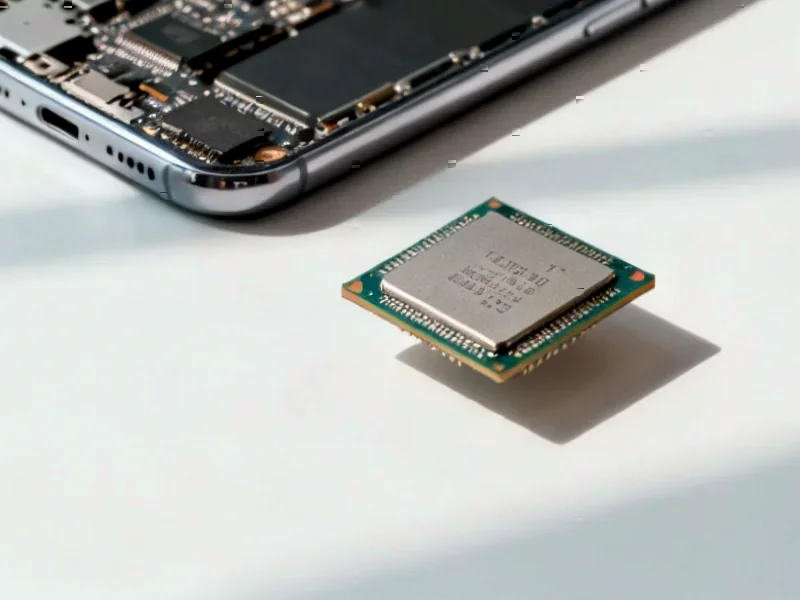According to SamMobile, Qualcomm’s Snapdragon 8 Gen 6 chipset will launch in two distinct variants called Standard and Pro, both manufactured on TSMC’s 2nm process. The Galaxy S26 series will reportedly use Exynos 2600 chips everywhere except the Ultra model, which gets Snapdragon 8 Elite Gen 5 in the US, Japan, and China. For the 2027 Galaxy S27 series, Samsung is expected to maintain this chipset split strategy but potentially face new complications. The two Snapdragon 8 Gen 6 variants will have different GPU specifications, with only the Pro model likely supporting faster LPDDR6 RAM. This means regular flagship phones would use the Standard variant while premium models get the Pro edition. The situation creates potential confusion for consumers who assume all Snapdragon 8 Gen 6 devices offer identical performance.
Why this chipset split matters
Here’s the thing: we’ve seen chipset confusion before, but this could be different. When you’re dropping serious money on a flagship phone, you expect top-tier performance across the board. But if Qualcomm creates two distinct performance tiers under the same generation name, that’s basically asking for consumer frustration. Imagine buying what you think is the same chipset as your friend, only to discover their phone loads games faster and handles multitasking better because they got the “Pro” version. That’s a recipe for disappointed customers and potentially more returns.
Samsung’s complicated history
Now, Samsung already has this messy chipset strategy where different markets get different processors. They’ve been doing the Exynos-versus-Snapdragon dance for years, and honestly, it’s never been popular with enthusiasts. But this new Qualcomm split adds another layer of complexity. Samsung typically gets a “for Galaxy” edition of Qualcomm’s chips that’s slightly overclocked. But with LPDDR6 RAM potentially exclusive to the Pro variant, we’re talking about a much bigger performance gap than just clock speed differences. Will Samsung pay the premium for the Pro chips across their entire lineup? Or will we see even more fragmentation within the same product family?
Consumer confusion is real
Look, most people don’t read tech blogs or compare chipset specs. They see “Snapdragon 8 Gen 6” and assume they’re getting the latest and greatest. But if there are actually two different performance levels under that name, how are regular shoppers supposed to know what they’re buying? Retail employees certainly aren’t going to explain the difference between Standard and Pro variants to every customer. This feels like Qualcomm might be creating the same kind of confusion we saw with Intel’s processor numbering schemes, where you need a decoder ring to understand what you’re actually getting.
The bigger picture
So what’s driving this move? Probably margins and market segmentation. Qualcomm likely wants to create clearer tiers between premium and ultra-premium devices without having to develop entirely different chip generations. But I’m skeptical this approach will land well with consumers. We’ve already got enough confusion with different RAM configurations, storage options, and regional variations. Adding chipset performance tiers to the mix just makes the smartphone buying experience more overwhelming. Remember when you could just buy “the new Galaxy” and know exactly what you were getting? Those days seem long gone, and this move might push us even further from that simplicity.




